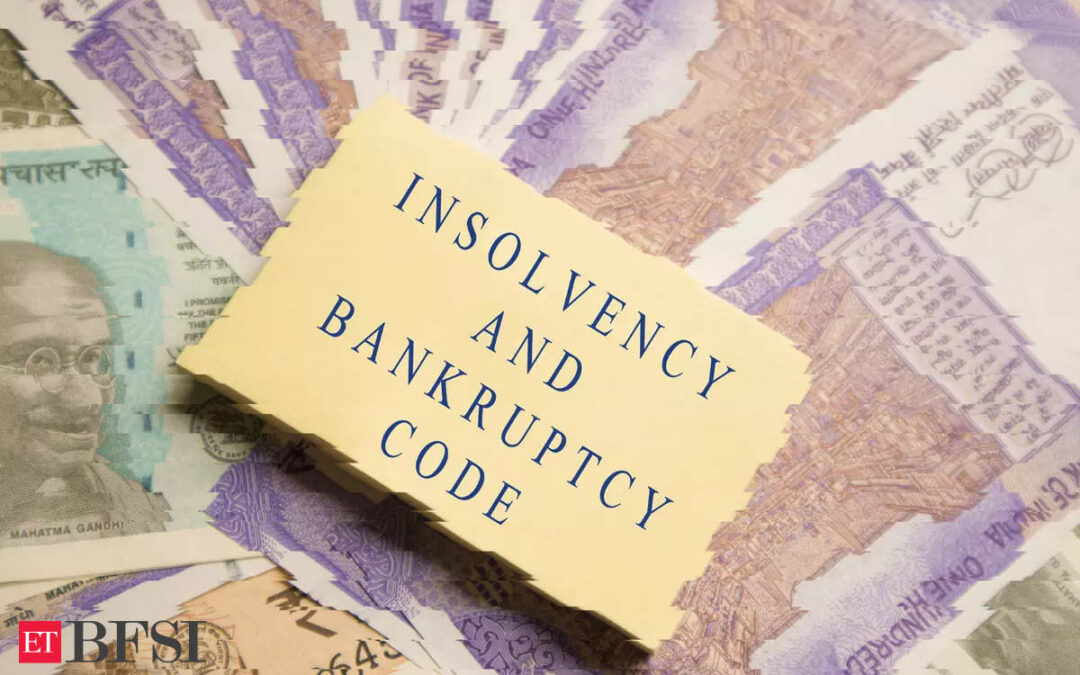As of September 2024, the Insolvency and Bankruptcy Code (IBC) has seen a significant rise in avoidance transaction applications, with 1,326 applications totaling Rs 3.76 lakh crore filed before the Hon’ble Adjudicating Authority (AA). These transactions, involving preferential, undervalued, extortionate, or fraudulent deals executed by corporate debtors (CDs) prior to insolvency, have been critical in maximising creditor recoveries.
Of the 1,326 applications, 338 have already been settled, resulting in the successful clawback of Rs ₹7,516 crore for creditors. This surge in avoidance transactions reflects the increasing efforts to recover assets that were previously diverted or misappropriated before the initiation of the Corporate Insolvency Resolution Process (CIRP).
What are avoidance transactions?
Avoidance transactions refer to transactions undertaken by a corporate debtor (CD) prior to the initiation of the Corporate Insolvency Resolution Process (CIRP) that are deemed detrimental to the interests of creditors. These include preferential, undervalued, extortionate, and fraudulent transactions that divert or diminish the debtor’s assets. Under the Insolvency and Bankruptcy Code (IBC), the resolution professional (RP) or liquidator is obligated to identify and challenge such transactions, filing applications before the Hon’ble Adjudicating Authority (AA) to seek relief. The goal is to claw back any assets or value lost through these transactions, which are then recovered for the benefit of creditors. These proceedings are crucial as they maximise the value of the debtor’s assets and ensure that the proceeds benefit all creditors equitably, without allowing fraudulent transactions to deplete the estate. By annulling these transactions, the IBC safeguards the creditors’ interests and fosters greater corporate governance, thereby preventing the depletion of the debtor’s resources during insolvency proceedings.
Recovery efforts
The IBC’s provisions allow resolution professionals (RPs) or liquidators to challenge these transactions and seek recovery through the AA. The clawback process has already demonstrated a direct benefit to creditors, adding to the substantial amounts recovered through resolution and liquidation processes. As of September 2024, the total recovery from resolution processes amounts to Rs Rs 3.55 lakh crore, with an additional Rs 10,446 crore recovered through liquidation.
With avoidance transactions continuing to be pursued by the RP and creditors, these figures are expected to rise further, enhancing the overall recovery pool and reducing potential losses for creditors. The ongoing recovery from these transactions is crucial in minimizing the financial impact of insolvency proceedings and securing fairer outcomes for stakeholders.
Avoidance transactions play a key role in deterring fraudulent practices by corporate debtors. The provisions within the IBC are designed to prevent the depletion of assets that rightfully belong to creditors by nullifying any pre-insolvency deals intended to divert or hide assets. These transactions often form a significant part of the financial distress that leads companies into insolvency, and the Code’s approach to their recovery is seen as essential for promoting good corporate governance.
Future outlook
As the IBC continues to evolve, creditors are increasingly focused on the importance of these avoidance transactions in the resolution and liquidation processes. The Committee of Creditors (CoC) is expected to actively monitor the progress of these proceedings to maximize recovery. Additionally, the CoC may allow prospective resolution applicants to factor in the value of avoidance transactions in their bids, ensuring that these assets are appropriately accounted for during the resolution process.
With more avoidance transaction applications pending and additional recoveries expected, the total clawed-back amount is likely to increase, further benefiting creditors and enhancing the overall effectiveness of the IBC framework in India.











